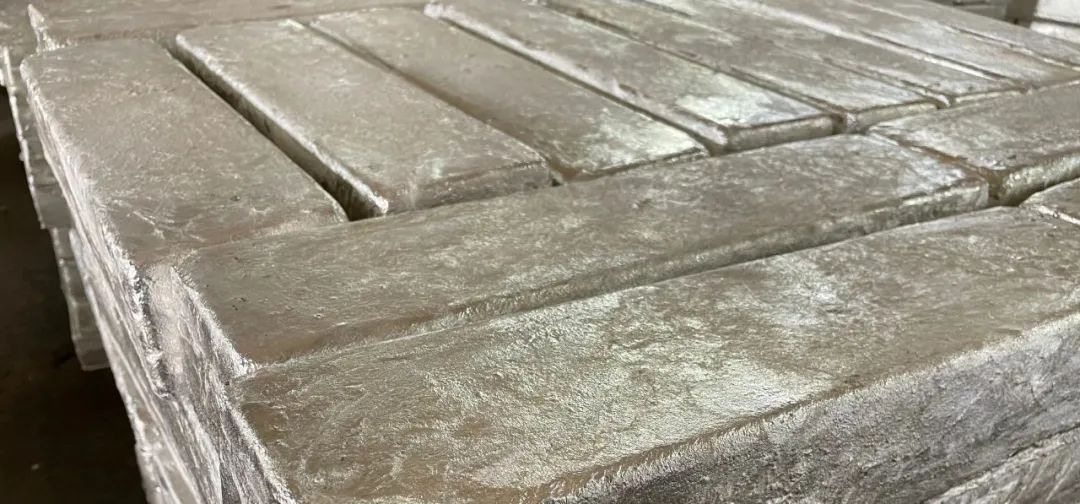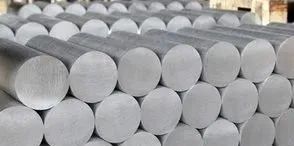Electrolytic magnesium production
Process methods
It can be divided into the electrolytic chloride method for anhydrous magnesium chloride with magnesite as the raw material and the electrolytic chloride method for anhydrous magnesium chloride with seawater as the raw material. The biggest challenge of the latter is how to remove the crystal water in MgCl₂·6H₂O. There are many processes for the electrolytic production of magnesium, but the basic principles are the same. The most representative ones are the DOW process, the I.G.Farben process, the Magnola process, etc.
Production process
Magnesium electrolysis uses a multi-component chloride salt as the electrolyte. The purpose of adding other components to the magnesium chloride electrolyte is to reduce the melting point and viscosity, improve the conductivity of the melt, and reduce the volatilization and hydrolysis of MgCl₂. The liquid magnesium produced at the cathode floats on the surface due to its smaller density than that of the electrolyte; the chlorine gas produced at the anode is discharged through a chlorine hood.

Silicothermic Reduction Magnesium Smelting, also known as the Pijiang method
Process principle
The production of metallic magnesium by the Pijiang method is based on calcining dolomite as the raw material, silicon iron as the reducing agent, and fluorite as the catalyst, with measuring and batching. After grinding, it is pressed into a ball, called a pellet. The pellet is loaded into a reduction tank, heated to 1250℃, and then evacuated internally to 13.3Pa or higher, producing magnesium vapor. The magnesium vapor condenses into crystalline magnesium, also known as crude magnesium, in the condenser at the front end of the reduction tank. After refining with the flux, a commodity magnesium ingot, also known as refined magnesium, is produced.
Production process
(1) Calcination process: Heat dolomite in a rotary kiln or vertical kiln to 1150~1350℃ and burn it into calcined magnesia (MgO CaO).
(2) Pelletizing process: Measure and batch the calcined magnesia, silicon iron powder, and fluorite powder, grind them with a mill, and then use a pellet press to make pellets.
(3) Reduction process: Heat the pellets in the heat-resistant reduction tank to 1250±10℃, maintain a vacuum of 13.3Pa or higher, and maintain for 10~12 hours. Magnesium oxide is reduced to magnesium vapor, which condenses to form crude magnesium.
(4) Refining process: Melt the crude magnesium and refine it with a flux. The refined magnesium ingot is cast by a continuous casting machine at about 710℃, also called refined magnesium.
(5) Gas distribution process: The raw coal is converted into gas through a gas-making device and used as fuel. The gas-making device is generally divided into “clean charcoal kiln gas-making, lan charcoal kiln gas-making, and gas-making furnace gas-making”. Magnesium factories that purchase external gas sources (such as natural gas, coal seam gas, coke oven gas, etc.) do not have a gas distribution process.
(6) Pickling process: Wash the magnesium ingot with sulfuric acid or nitric acid to remove surface impurities and form a protective film on the surface to prevent oxidation.

Aluminum Alloy Production
Because of its low density, high specific strength, and ability to form high-strength alloys with metals such as aluminum, copper, and zinc, magnesium is an important alloying element. The world's largest consumption of magnesium is in the production of aluminum alloys. The production of aluminum alloys accounts for 40% of the total consumption of magnesium in major magnesium-consuming regions in the world; currently, magnesium as an aluminum alloying element accounts for 41% of the total magnesium consumption in China. Generally speaking, the consumption ratio of raw magnesium to raw aluminum is about 0.4%.
Magnesium Alloy Die Casting
In major magnesium-consuming regions in the world, die-casting accounts for 35% of the consumption of raw magnesium. North America, Latin America, and Western Europe use the most magnesium in die-casting because the automotive manufacturing industry promotes the growth of market demand for magnesium. Statistics show that in the past decade, the use of magnesium alloy die-casting parts in automobiles has increased by about 15%, and this development trend will continue.
Steel Desulfurization with Magnesium
Many steel mills in Europe, America, Russia, and other regions and countries use magnesium for desulfurization. Magnesium for steel desulfurization accounts for 15% of the total magnesium consumption in major regions of the world. In China, magnesium for steel desulfurization accounts for 15.62% of the total consumption of steel desulfurization agents. The desulfurization effect of using magnesium granules is better than that of using calcium carbide. Although magnesium is more expensive than calcium carbide, the amount used is only 1/6 to 1/7 of that of calcium carbide, making the total cost of magnesium desulfurization more economical than that of calcium carbide.
Generally, 0.4-0.5 kilograms of magnesium granules are consumed per ton of steel, and the sulfur content after desulfurization is 0.001-0.005%.
Sacrificial Anode of Magnesium
Magnesium sacrificial anode has the following characteristics: good corrosion resistance, no need for external DC power supply, automatic operation after installation, no need for maintenance, small land occupation, low engineering cost, and no interference with the external environment. Magnesium sacrificial anodes are widely used for corrosion protection in petroleum pipelines, natural gas and coal gas pipelines, and storage tanks; ports, ships, submarine pipelines, and drilling platforms; airports, parking lots, bridges, power plants, municipal construction, water treatment plants, petrochemical plants, smelters, gas stations, as well as equipment such as water heaters, heat exchangers, evaporators, and boilers.

In human cells, magnesium is the second most important cation. It can activate various enzymes in the body, inhibit abnormal neural excitability, maintain the stability of nucleic acid structure, participate in the synthesis of proteins in the body, muscle contraction, and body temperature regulation. Modern research has confirmed that magnesium deficiency is related to arteriosclerosis, cardiovascular and cerebrovascular diseases, hypertension, diabetes, cataracts, osteoporosis, and depression. The application of magnesium in the medical field is receiving increasing attention.